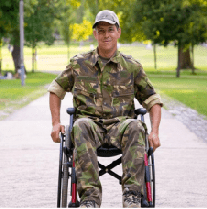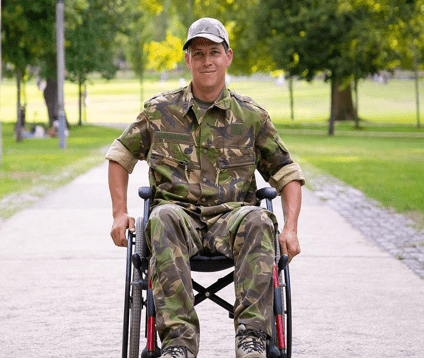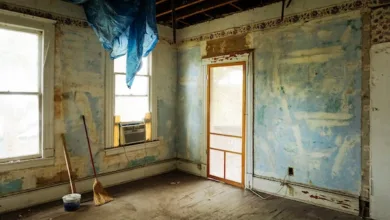3 Ways You Can Get a Higher VA Disability Rating


Disabilities can worsen over time, and the Veterans Administration rates all disability claims in terms of percentages of disability. You might be considered 25 percent disabled, but changes in your condition could result in a higher disability rating.
A disabled veteran can receive more generous compensation for the increased disability if they play their cards right. That’s why it is essential to file for a rating increase if your pain increases, your disability intensifies, or new symptoms or problems emerge as a result of your initial disability.
Military vets normally go through the same procedure to increase their ratings as they did initially. You’ll need to get evidence that your disability has gotten worse from a VA doctor or private physician.
3 Ways to Get Your Disability Rating Increase
There may come a time that your disability begins to worsen. You may have more pain, experience new symptoms, or find that your current disability causes other issues. For example, your service-connected back injury leads you to favor one leg over the other, causing knee pain.
There are several ways to increase your current disability rating. Here are three of the most effective ones.
-
High-value Claims Based on Mental Issues
Disabilities often trigger mental issues like Post Traumatic Stress Disorder (PTSD), major Generalized Anxiety Disorder (GAD), Major Depressive Disorder (MDD), and lifestyle impact claims, as well as physical issues related to mental health like sleep apnea, migraine headaches, psoriasis, respiratory disorders, etc.
High-value claims are those that usually result in a 30 percent or higher disability rating. You can’t go wrong with a claim based on a mental health issue.
-
Rhabdomyolysis
The process of adding up disabilities involves an intricate grid system, but it’s relatively easy to do the basic math for calculating your potential increase in VA rating. Some conditions aren’t as easily pigeon-holed. A perfect example of conditions subject to analogous ratings is rhabdomyolysis, a common complaint of Iraq and Afghanistan veterans.
Many soldiers pursued top training programs for which their muscular development wasn’t ready. Continuing to force themselves to extreme physical exertion damaged their muscle system, a condition called rhabdomyolysis. This explanation may be greatly simplified, but it covers the basics.
It is necessary to fit your new condition into an analogous rating because guidelines don’t appear in the VA system. You might want to consult a veterans disability attorney before employing any strategy to increase your VA rating. An experienced attorney knows the law and how to present your case to the best effect.
-
Building a Case for an Extra-Scheduling Rating
At your VA hearing, you can argue for a Schedular Rating or an Analogous Rating. Schedular Ratings are given when your symptoms match a set of expected signs and symptoms for your condition.
If your condition isn’t in the VA database of accepted causes of disability, you can argue for an Analogous Rating. There is, however, a third case where you experience symptoms that do match the VA’s database, but the symptoms don’t match. In that case, you can apply for an Extra-Schedular Rating.
For example, the database certainty lists knee injuries, and the VA has rated you with a 20 percent disability rating. Unfortunately, the symptoms don’t include frequent falls, which tear ancillary muscles and make it difficult to work. You can argue for an Extra-Schedular Rating that’s much higher and add traumatic stress to the mix for a 100% disability rating.
Hiring an attorney is an essential strategy for filing a claim to increase a rating. An attorney can also file an appeal when you’re not satisfied with the results. You can click the link to learn more about how to get greater compensation for the increased disability.



